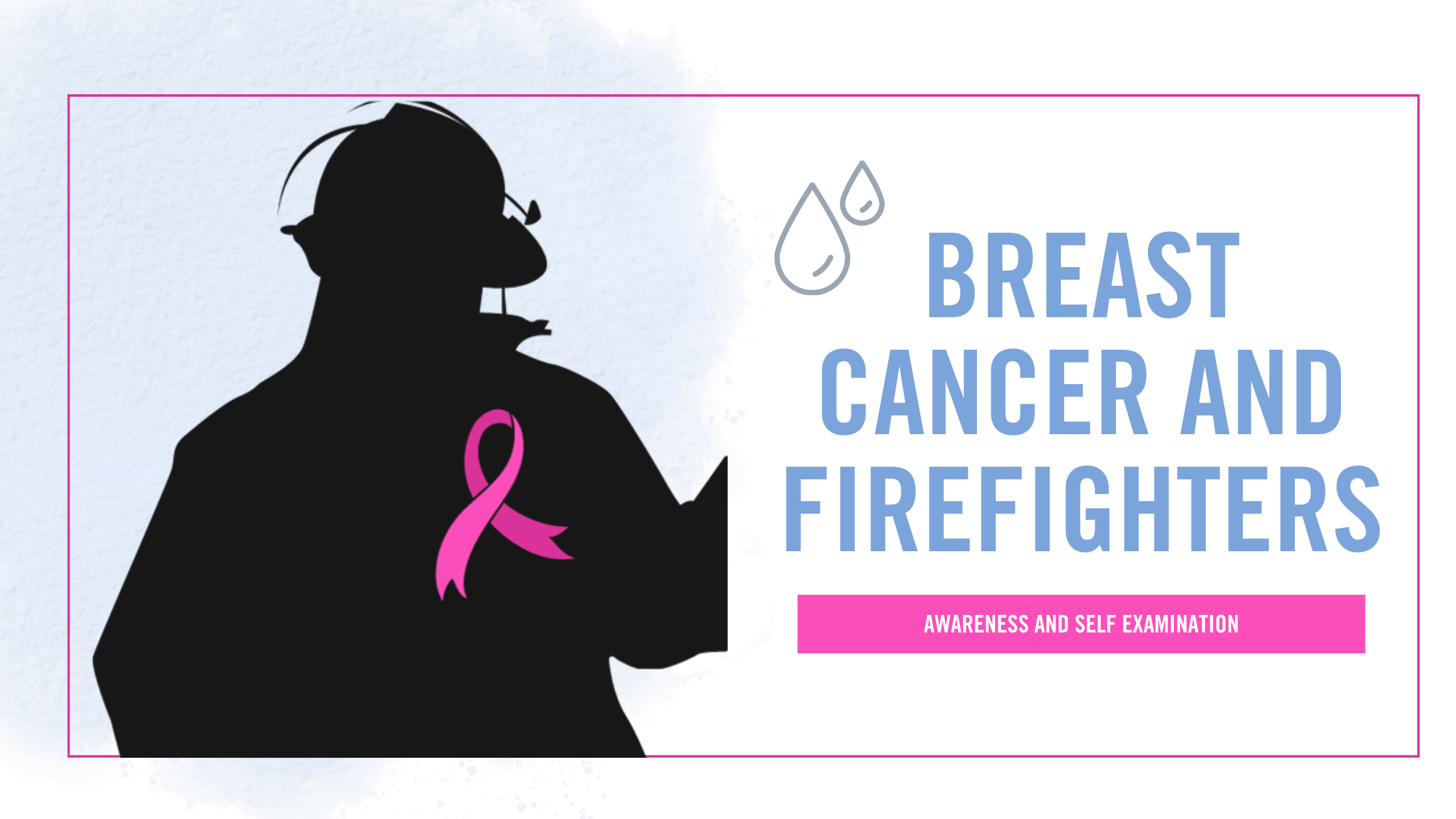The fire service is known for its brave and selfless firefighters who risk their lives to protect communities from the ravages of fire and other emergencies. However, there's a hidden danger that poses a significant threat to the health and well-being of these heroes – breast cancer. Breast cancer in the fire service is a pressing issue that deserves attention. Although the gender shift has been significant, breast cancer can show up in men as well. Explore the challenges faced by firefighters and the steps being taken to address this critical health concern.
The Fire Service Gender Shift
Historically, firefighting was a male-dominated profession. However, over the past few decades, there has been a significant shift in the gender composition of the fire service. More and more women are joining the ranks of firefighters, contributing their skills, dedication, and courage to this profession.
While this gender shift is a positive development, it also brings unique challenges, including increased risk for both women AND men. The American Cancer Society estimates statistics for breast cancer in men in the United States for 2023 is that about 2,800 new cases of invasive breast cancer will be diagnosed. Several factors contribute to this elevated risk:
Exposure to Toxins
Firefighters are exposed to a range of carcinogens and toxic substances when battling fires, including benzene, formaldehyde, and polycyclic aromatic hydrocarbons (PAHs). These chemicals can infiltrate turnout gear and come into contact with a firefighter's skin, increasing the risk of developing breast cancer.
Irregular Shift Work
Firefighters often work irregular schedules with long hours. Disrupted circadian rhythms and sleep patterns can negatively impact hormonal balance, potentially increasing the risk of breast cancer.
Addressing Breast Cancer in the Fire Service
Recognizing the importance of addressing breast cancer in the fire service, various initiatives and measures have been implemented to mitigate the risks and provide support to firefighters:
Education and Awareness
Fire departments are increasingly providing education and training on cancer prevention, early detection, and the importance of proper decontamination procedures. This empowers firefighters, both male and female, to take steps to protect themselves.
Improved Protective Gear
Advances in firefighting gear design and materials have led to better protection against toxic substances. Departments are investing in gear that is easier to clean and decontaminate, reducing the risk of chemical exposure.
Support Networks
Support networks and peer support groups are being established to provide emotional and practical assistance to firefighters diagnosed with breast cancer. These networks help individuals navigate treatment, recovery, and reintegration into the workforce.
Breast cancer in the fire service is a serious concern that affects both male and female firefighters. Fire departments, advocacy groups, and individuals are working together to raise awareness, implement preventive measures, and provide support to those facing a cancer diagnosis. By recognizing the unique challenges faced by firefighters and taking proactive steps, we can ensure that those who protect us from the flames are protected themselves from this hidden threat.
Here are some tips on self examination in both women and men.



